According to the WHO, 1 out of 8 people in the world live with a mental disorder. In 2019, bipolar disorder affected 40 million people.
What is bipolar disorder?
An individual with bipolar disorder experiences changes in their mood, energy, and ability to function. When people with bipolar disorder go through mood episodes, they experience intense emotional states that last for days to weeks. These mood episodes alternate between depressive states and include periods of manic symptoms.
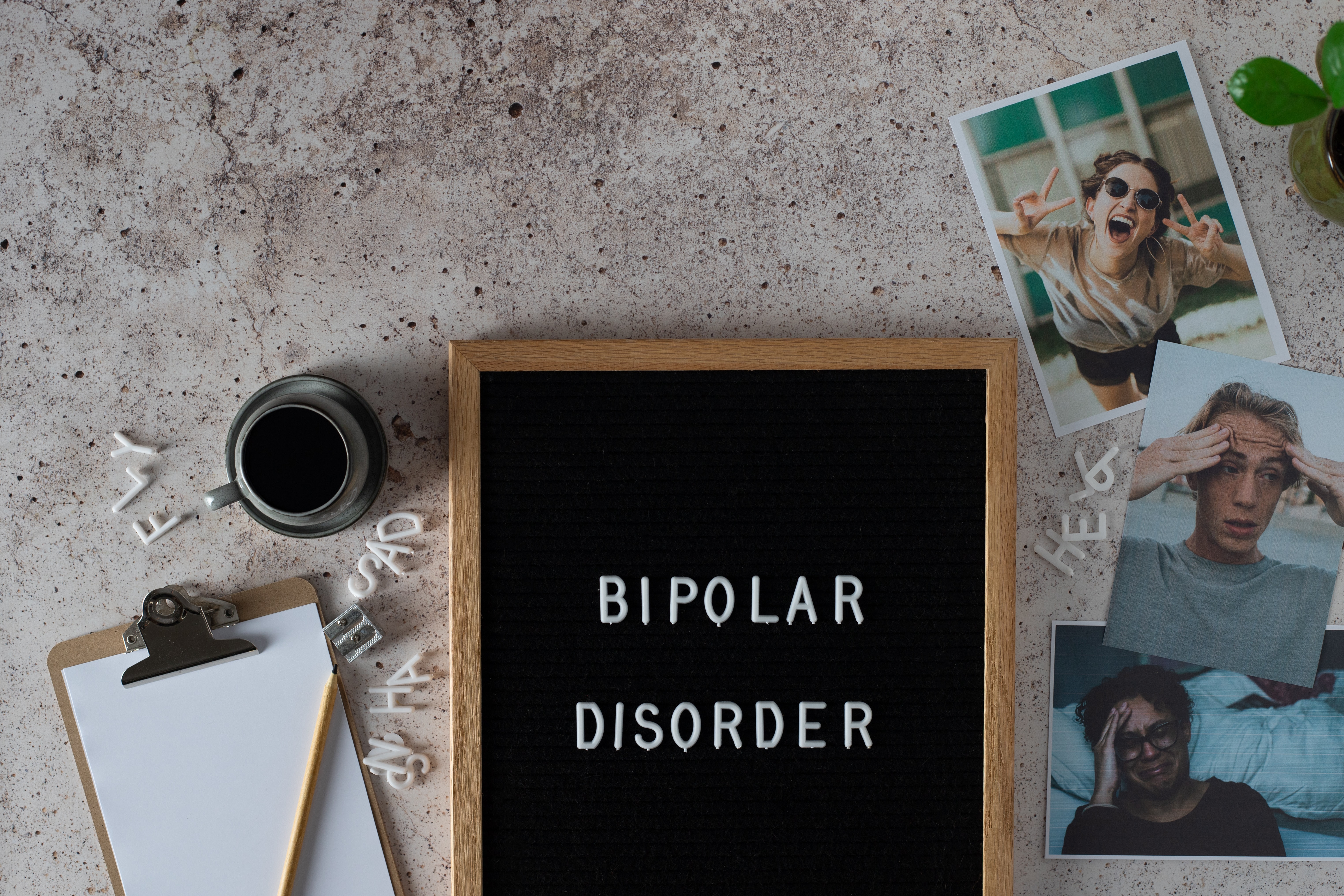
These behaviours can cause disruptions in a person’s relationships with friends and family and can also lead to difficulty in working or going to school.
Bipolar disorder is believed to be caused by an imbalance in brain chemicals. The chemicals that control brain function are called neurotransmitters and include noradrenaline, serotonin, and dopamine. Bipolar I disorder patients are also more likely to suffer from other mental health disorders such as depression, attention-deficit/hyperactivity disorder (ADHD), anxiety disorders or substance abuse.
Bipolar disorder can be classified into 3 types:
- Bipolar I Disorder
- Bipolar II Disorder
- Cyclothymic Disorder

Bipolar I Disorder
When a person experiences a manic episode, they are diagnosed with Bipolar I Disorder. A person experiencing an episode will experience very high levels of energy and may feel like they are on top of the world or become very irritable. People diagnosed with Bipolar I disorder also have periods of neutral mood.
Although bipolar I disorder patients have a significantly higher risk of suicide than the general population, many people still live normal lives.
What are the symptoms of Bipolar I Disorder?
Symptoms of bipolar can fall within manic episodes, hypomanic episodes or major depressive episodes.
Manic Episodes
Manic episodes can cause feelings of euphoria or irritability, increased activity, and other symptoms. At least 7 days are required for a manic episode, which is characterised by extreme high spirits and irritability.
The individual also has a lot more energy than usual. The persons behaviour has changed dramatically to the point where family and friends can recognise a major change in their behaviour.
This can include at least three of the following changes in their behaviour:
- An increase in energy levels and activity
- An increase in the speed of their speech
- An increase in risky behaviour without thinking about the consequences
- A decrease in the need for sleep although experiencing high levels of energy
- Experiencing racing thoughts or rapidly changing ideas or topics when speaking
- Being easily distracted
When a person exhibits the symptoms of a manic episode, they will often need hospital care to remain safe. Mental health disorders including bipolar disorder can only be diagnosed by a licensed mental health professional or doctor.
Hypomanic Episode
Rather than lasting a full week, hypomania episodes only last four days. In contrast to manic symptoms, hypomanic symptoms usually don’t cause major problems in daily functioning.
Major Depressive Episode
Depressive episodes are characterized by a depressed mood (feeling sad, irritable, or empty) or a loss of interest or pleasure in activities, lasting nearly the entire day.
During a major depressive episode, which lasts at least 2 weeks, a person will experience at least five of the following symptoms below, and including one or both: Intense sadness or loss of interest in activities the person once enjoyed.
- Changes in sleep pattern
- Changes in appetite
- Feelings of guilt or worthlessness
- The feeling of fatigue
- Slow speech or slow movement (e.g., pacing) or restlessness
- A difficult time concentrating
- Suicidal thoughts or thoughts of death frequently
How is Bipolar I Disorder treated?
Bipolar disorder is commonly treated with medication to help control manic or hypomanic episodes, psychotherapy, education, self-management, and family and friend support. These mood-stabilizing drugs can also be used when a person needs long-term treatment. Treatment is tailored to the individual.
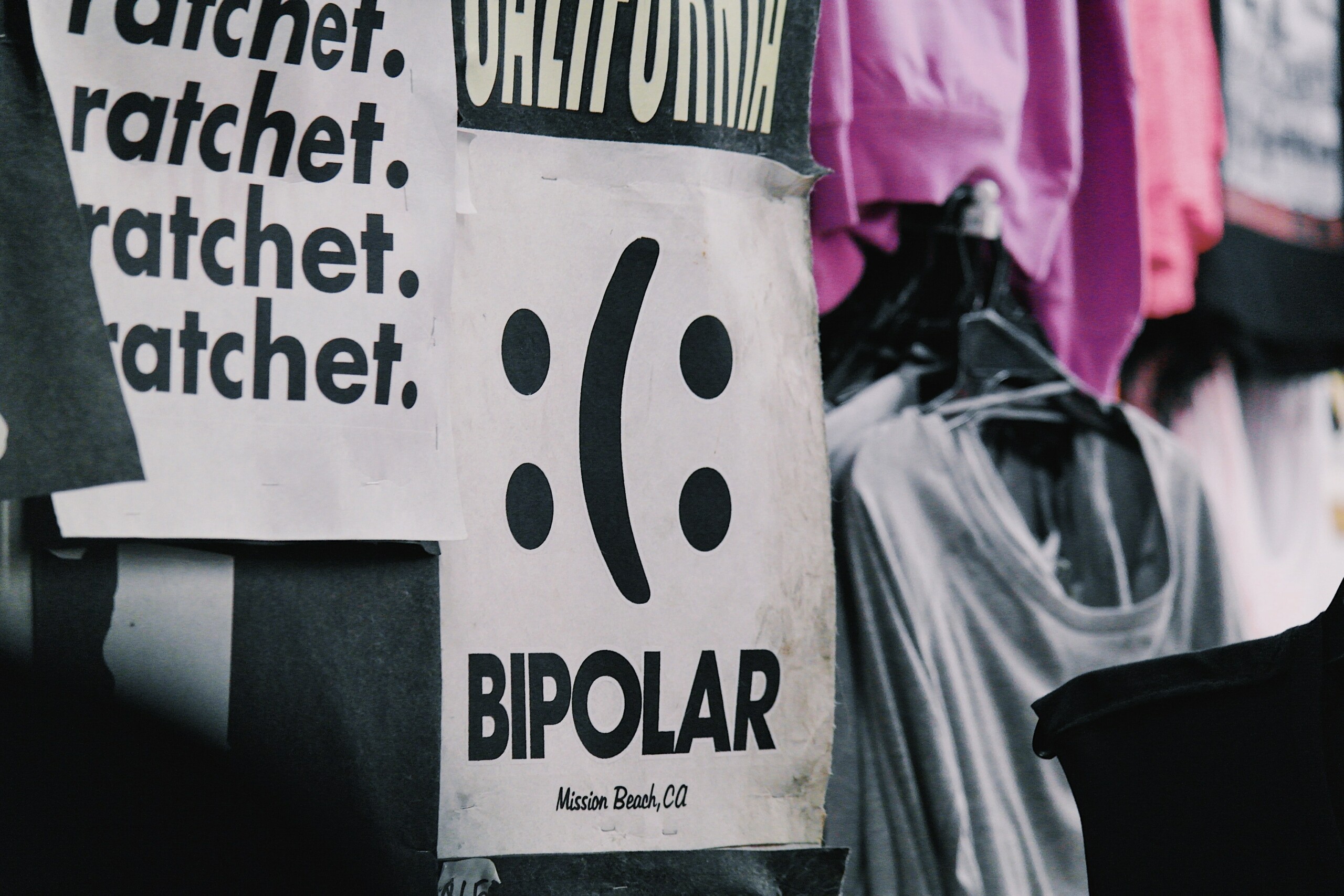
Bipolar II Disorder
The presence of at least one major depressive episode and one hypomanic episode is required for bipolar II diagnosis. Between episodes, most people resume their normal activities. Since hypomanic episodes often feel pleasurable and can even increase performance at work or school, people with bipolar II disorder often seek treatment after their first depressive episode.
People with bipolar II disorder are more likely to suffer from other mental illnesses such as anxiety or substance abuse.
Treating bipolar II disorder
There are similar treatment options for bipolar II and bipolar I, including medication and psychotherapy. Antidepressants and mood stabilizers are the most frequently prescribed medications, depending on the individual’s symptoms.
Cyclothymic Disorder
Basically, cyclothymic disorder involves many “mood swings” with frequent hypomania and depression. The symptoms of cyclothymia are less severe than those of bipolar I or II disorder and can be considered a milder and chronic form of bipolar disorder.
Cyclothymia is common in adolescence or early adulthood and affects both women and men; however, the women are more likely to seek treatment for their symptoms than men. It can become challenging for those with cyclothymia to build and maintain positive relationships in their lives.
What are the symptoms of cyclothymic disorder?
- Experiencing periods of hypomanic and depressive symptoms for a minimum of two years, but these symptoms do not meet the criteria for a hypomanic or depressive episode.
- The symptoms (mood swings) persisted for at least half of the two-year period and never stopped for more than two consecutive months.
Symptoms indicating the ‘highs’:
- Risky or unwise activities, such as spending sprees, sexual encounters, or unwise business decisions, overshadow good judgment
- Self-esteem that is high
- Talkativeness
- Racing thoughts
- Being easily distracted
- Feeling a higher level of agitation
- Being more focused on work, school, social, and sexual goals.
- Sleeping for as few as 3 hours and feeling rested
Symptoms indicating the ‘lows’:
- Exhaustion or weakness
- Inability to concentrate
- Self-injury and suicide thoughts are recurring
- Feelings of loneliness, low self-worth, and guilt
- Weight loss with decreased appetite
- An inability to fall asleep or trouble staying awake nearly every day (insomnia)
Treating Cyclothymic Disorder
Treatment includes medication and talk therapy. Many people find the benefits of talk therapy to help them cope with the stresses of mood swings. There are other methods one can use to observe their mood such as a mood journal. Those with Cyclothymic Disorder are likely to start and stop treatment over time.
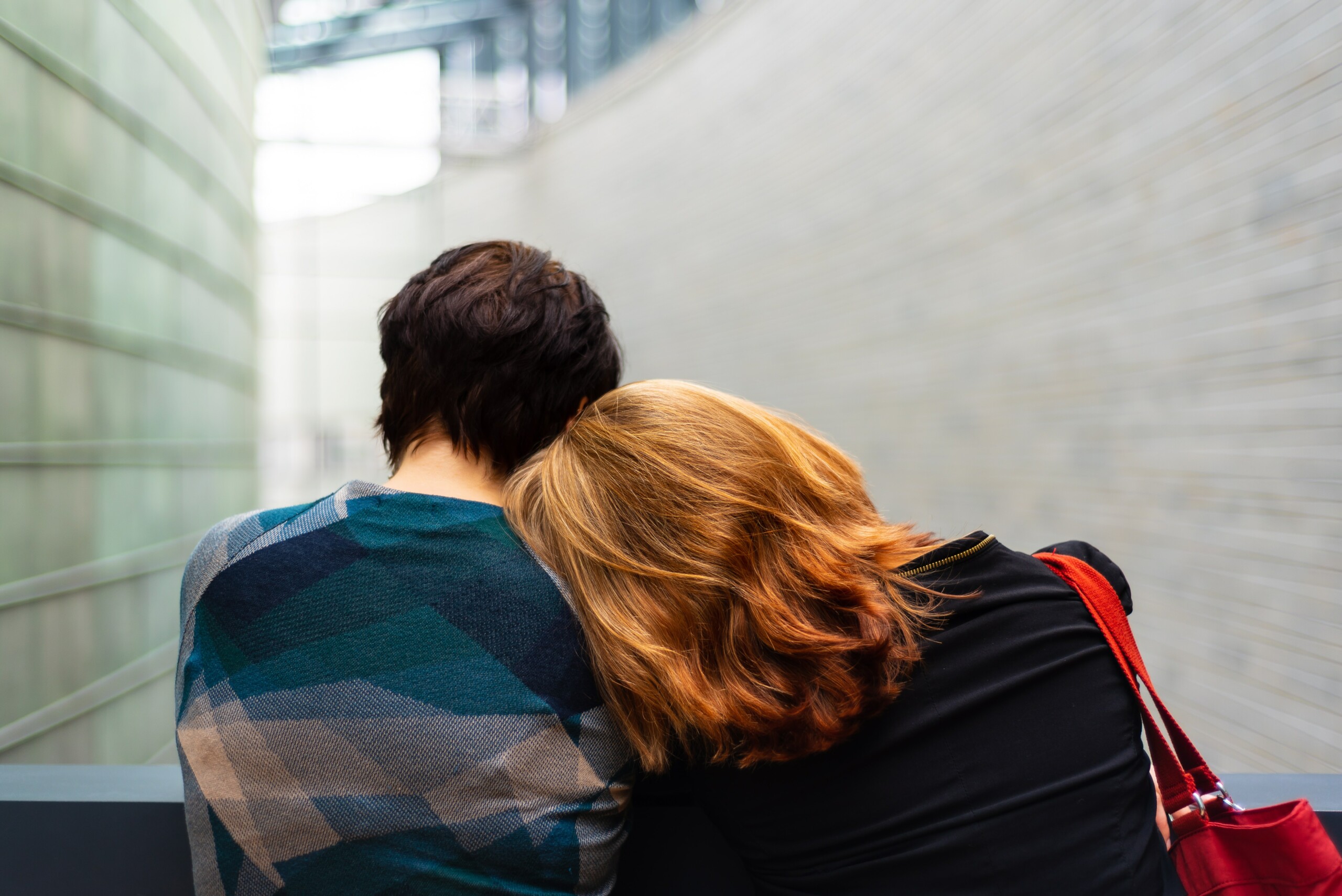
Other mental health conditions associated with bipolar disorder
According to experts, around 21% of people with bipolar disorder also suffer from OCD symptoms. It’s common for people who are diagnosed with bipolar disorder to also have other mental health conditions such as OCD or anxiety disorder.
Talk therapy is a psychological treatment for mental and emotional problems like stress, anxiety and depression. If you feel you need to speak to a therapist, you may benefit from speaking to one of our online therapists. Professionals are available from all over the world and are ready to assist you.
Mental health matters. Start your recovery journey today.
Disclaimer: This article is written and published for educational purposes. It is not intended on substituting a professional diagnosis. If you suspect that you may have bipolar disorder or any other mental health condition, we suggest you seek help from a mental health professional.


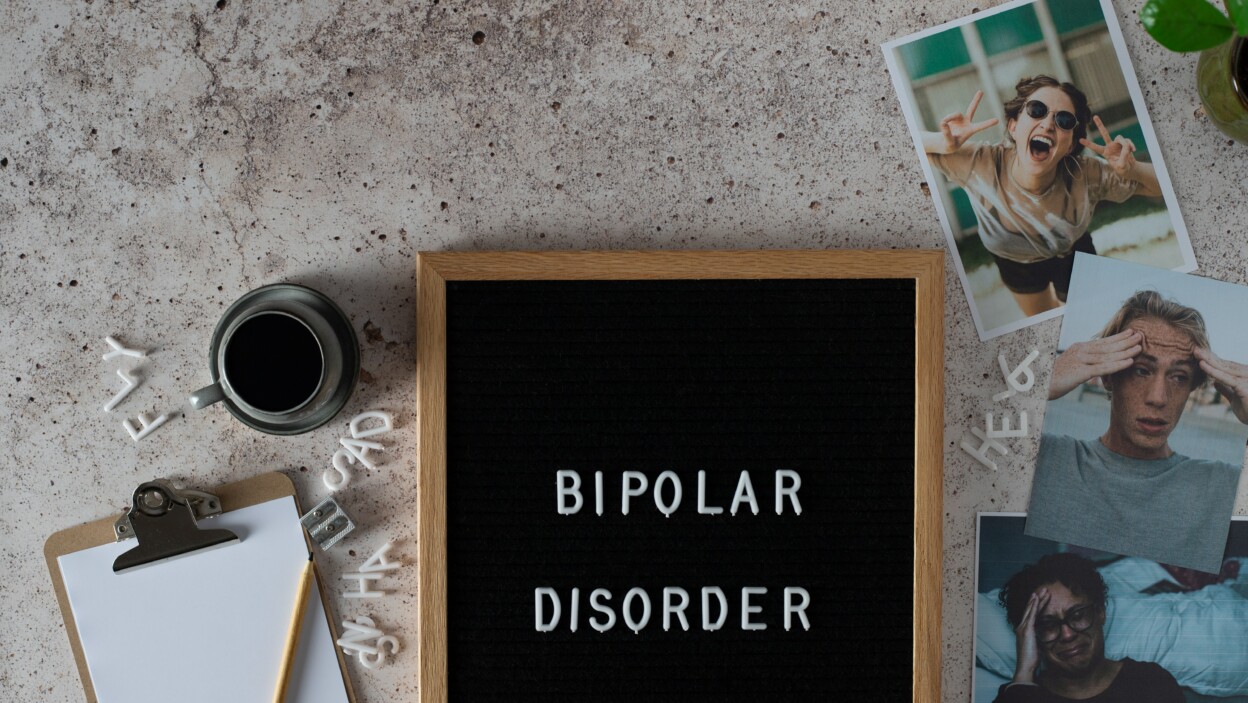
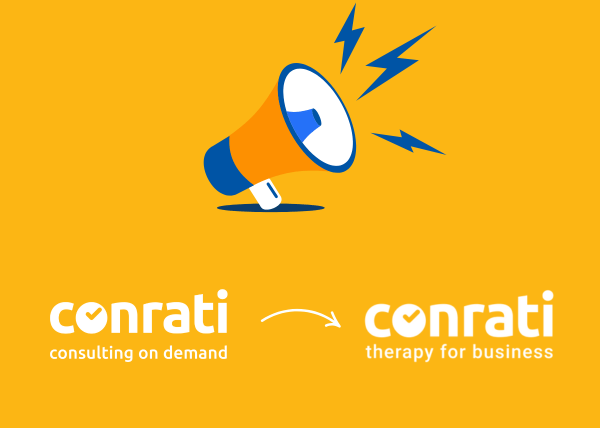
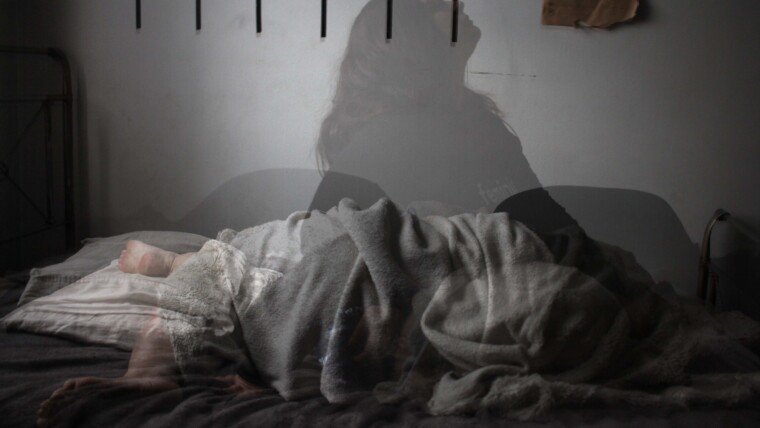




Why your child should have a tutor
Conrati nominated as a Top Environmental Consulting Company by Futurology
What happens during each stage of grief?
Mentorship for the Mentee
How to boost 8 different forms of health
Conrati nominated as a Top Environmental Consulting Company by Futurology
How social media affects mental health
Understanding Bipolar Disorder